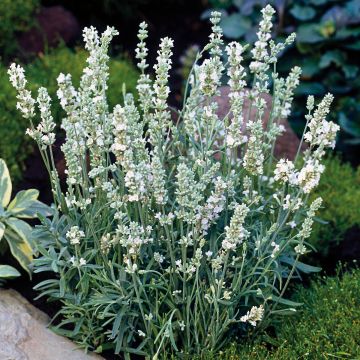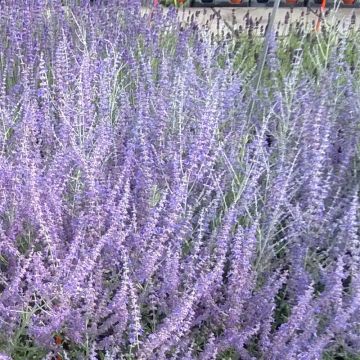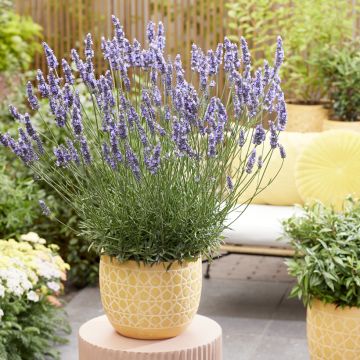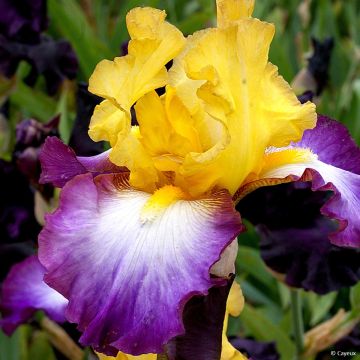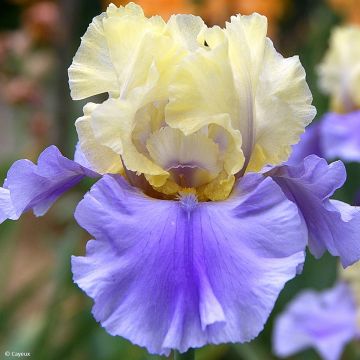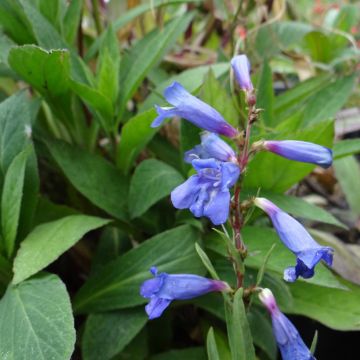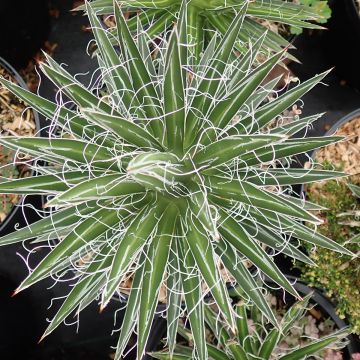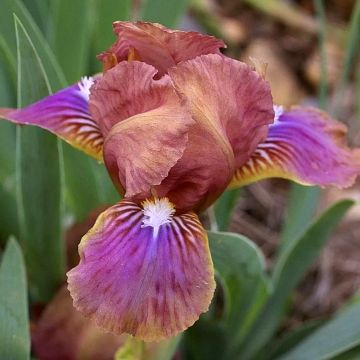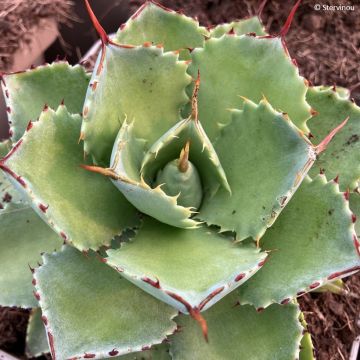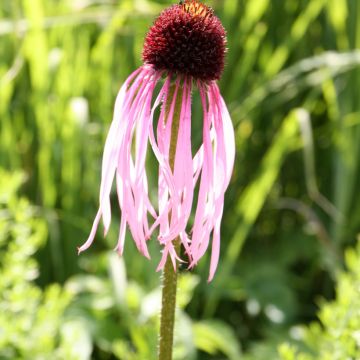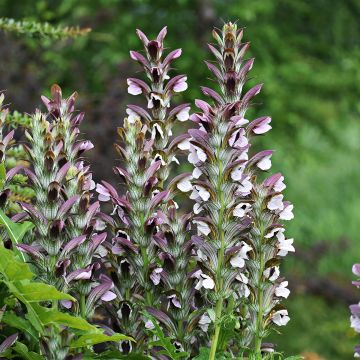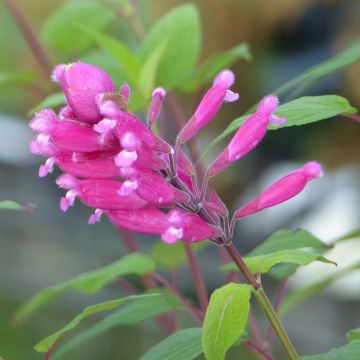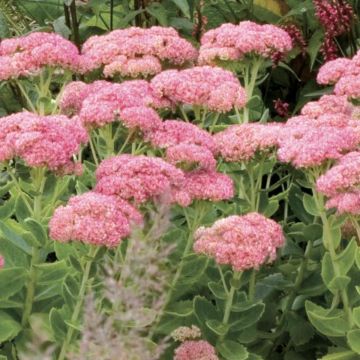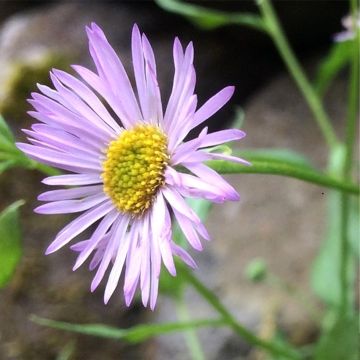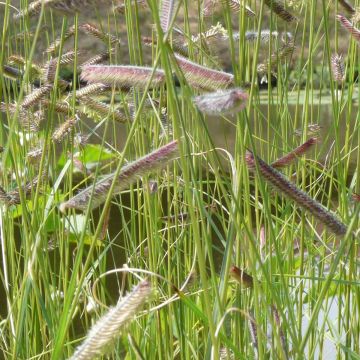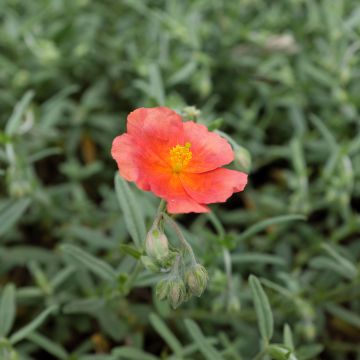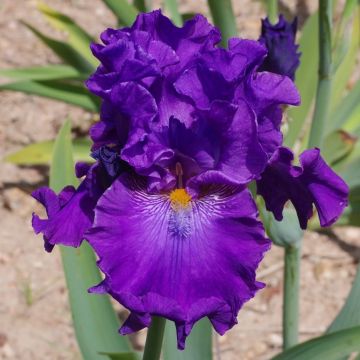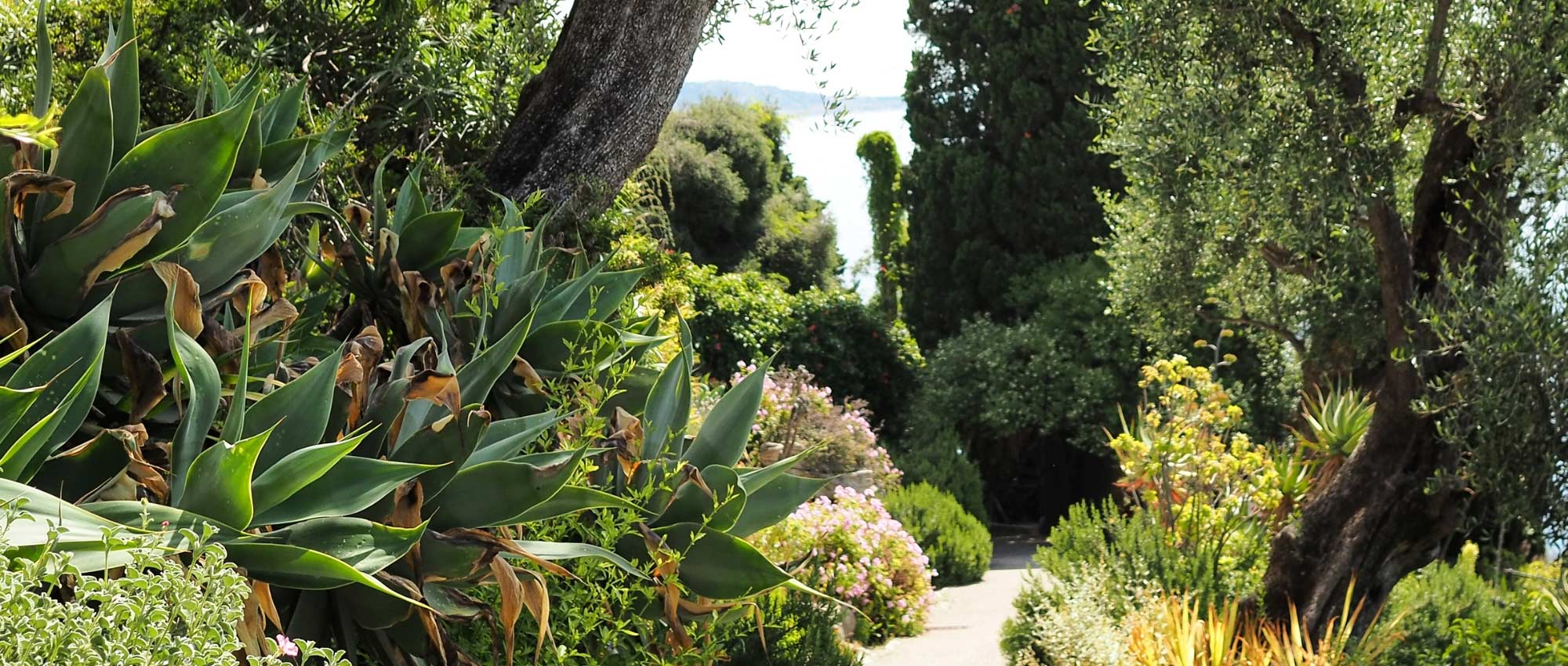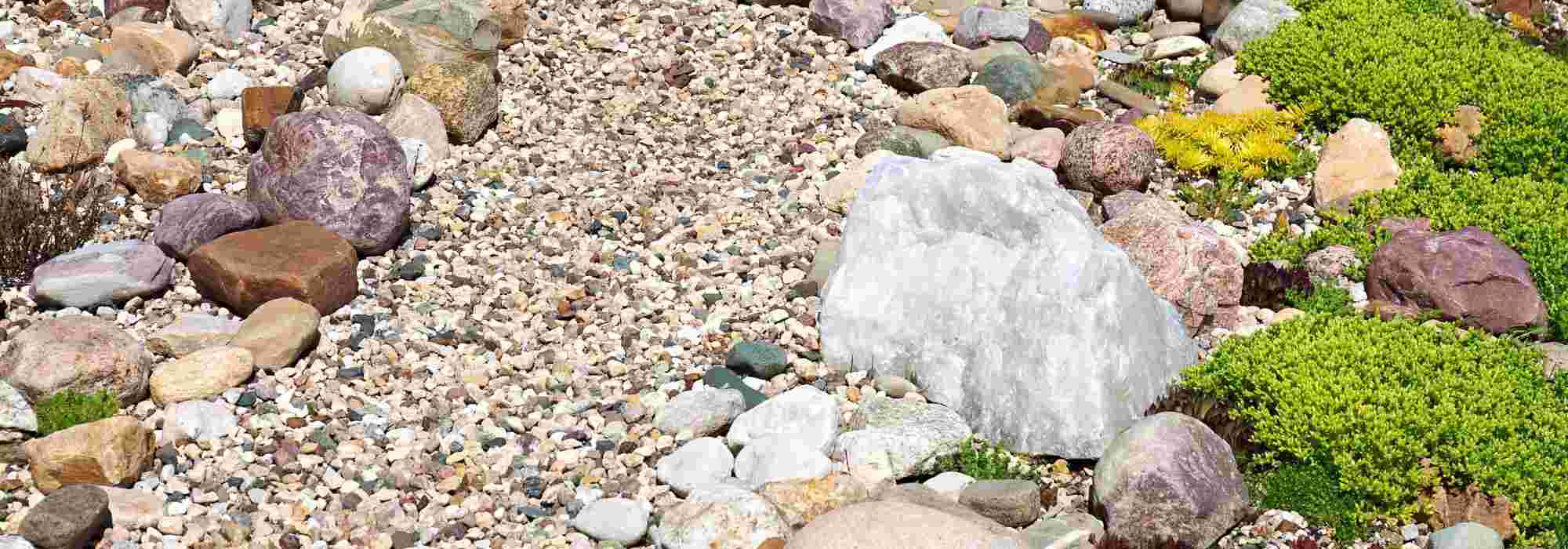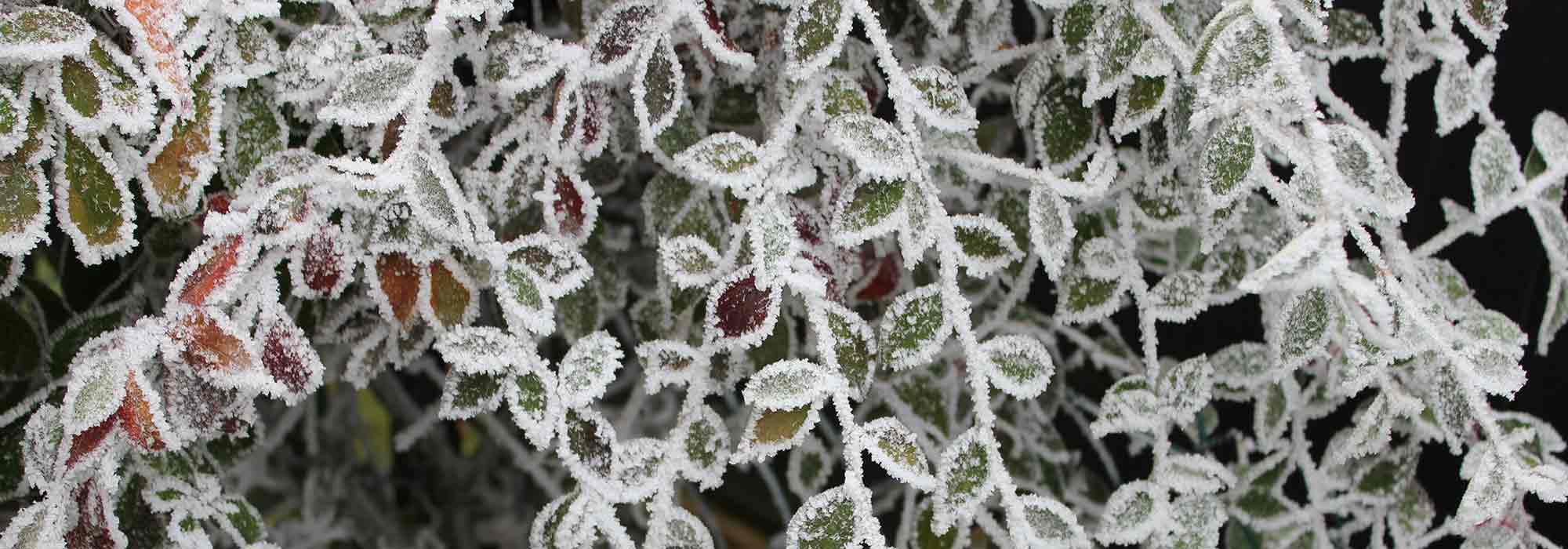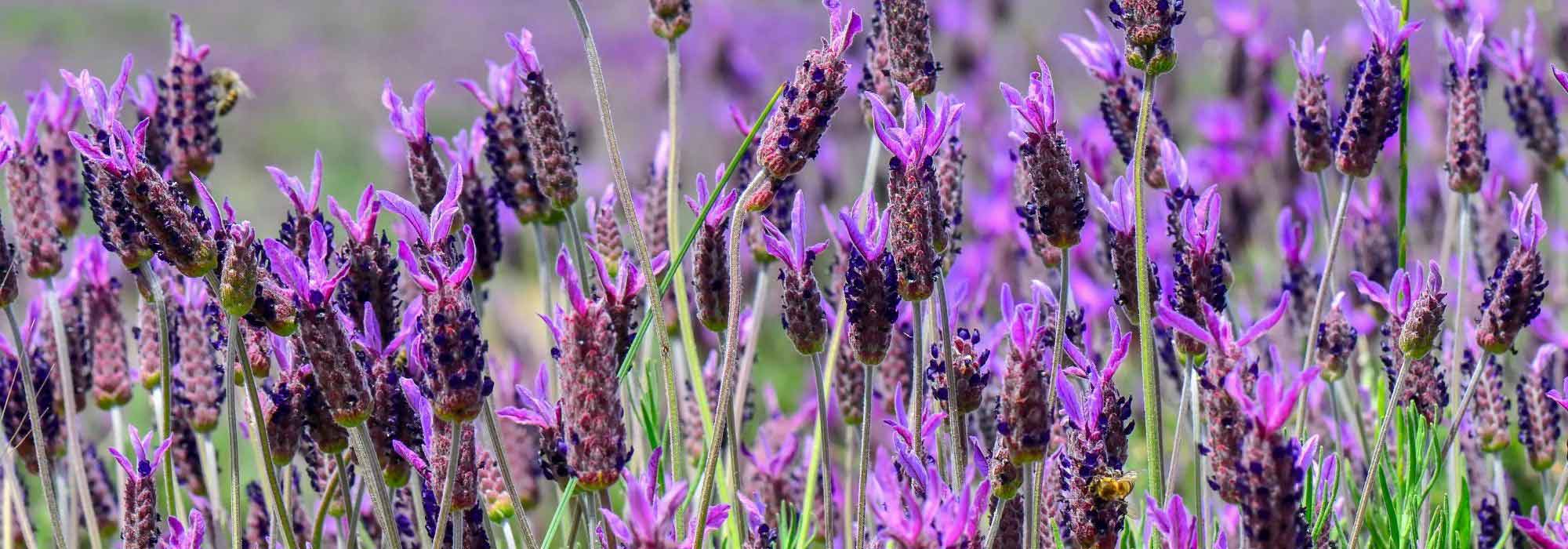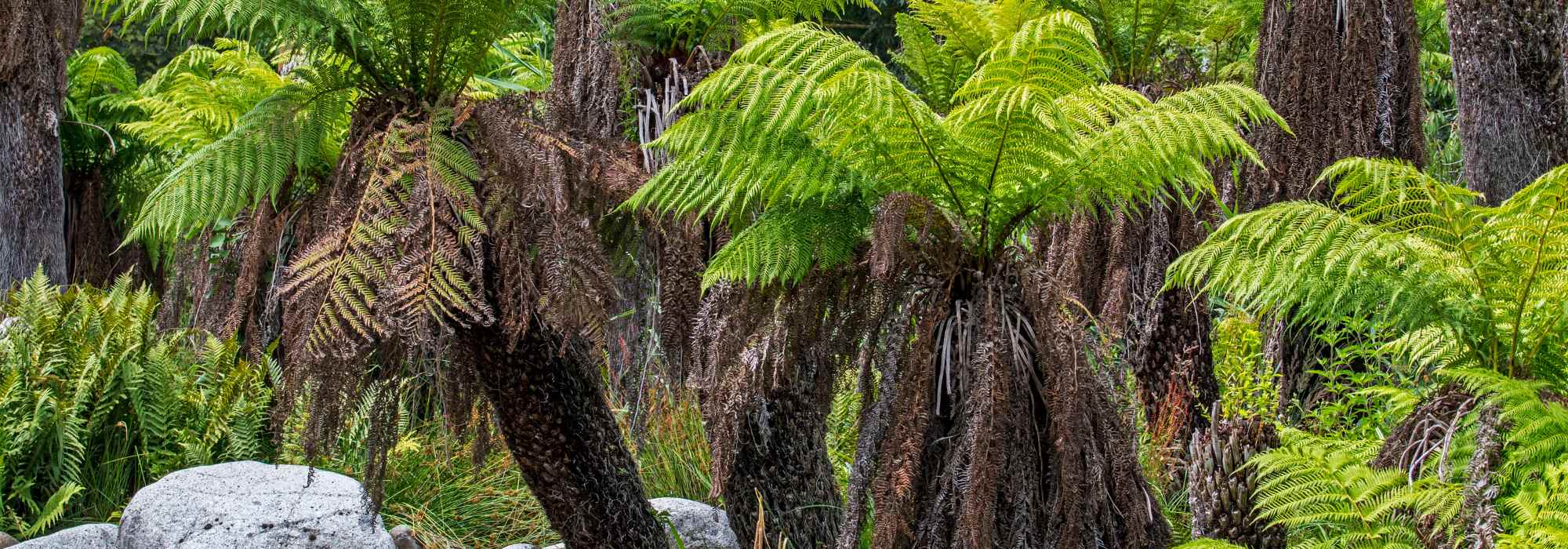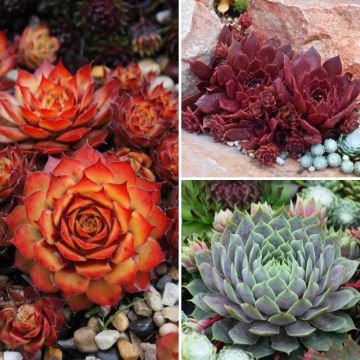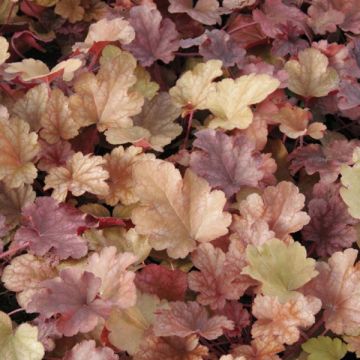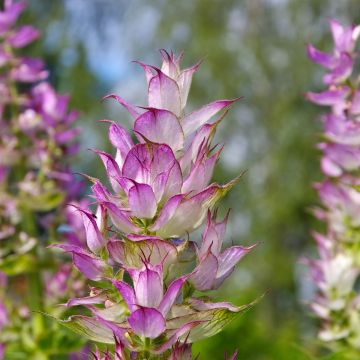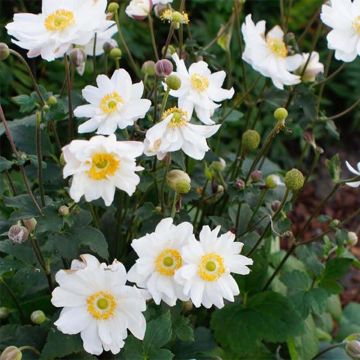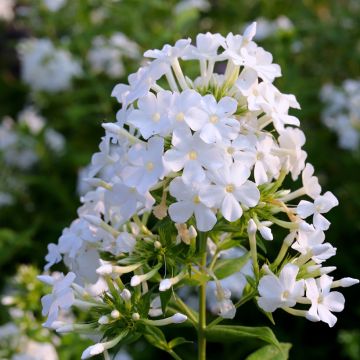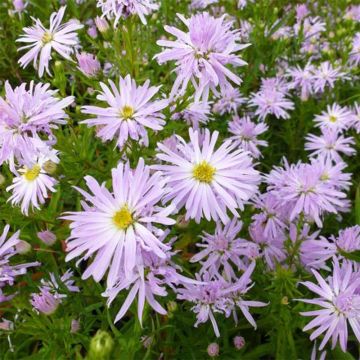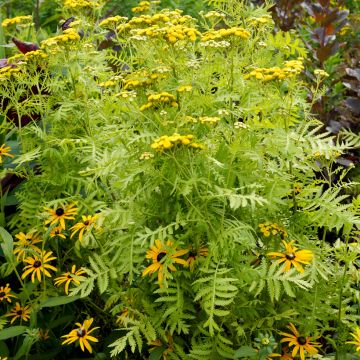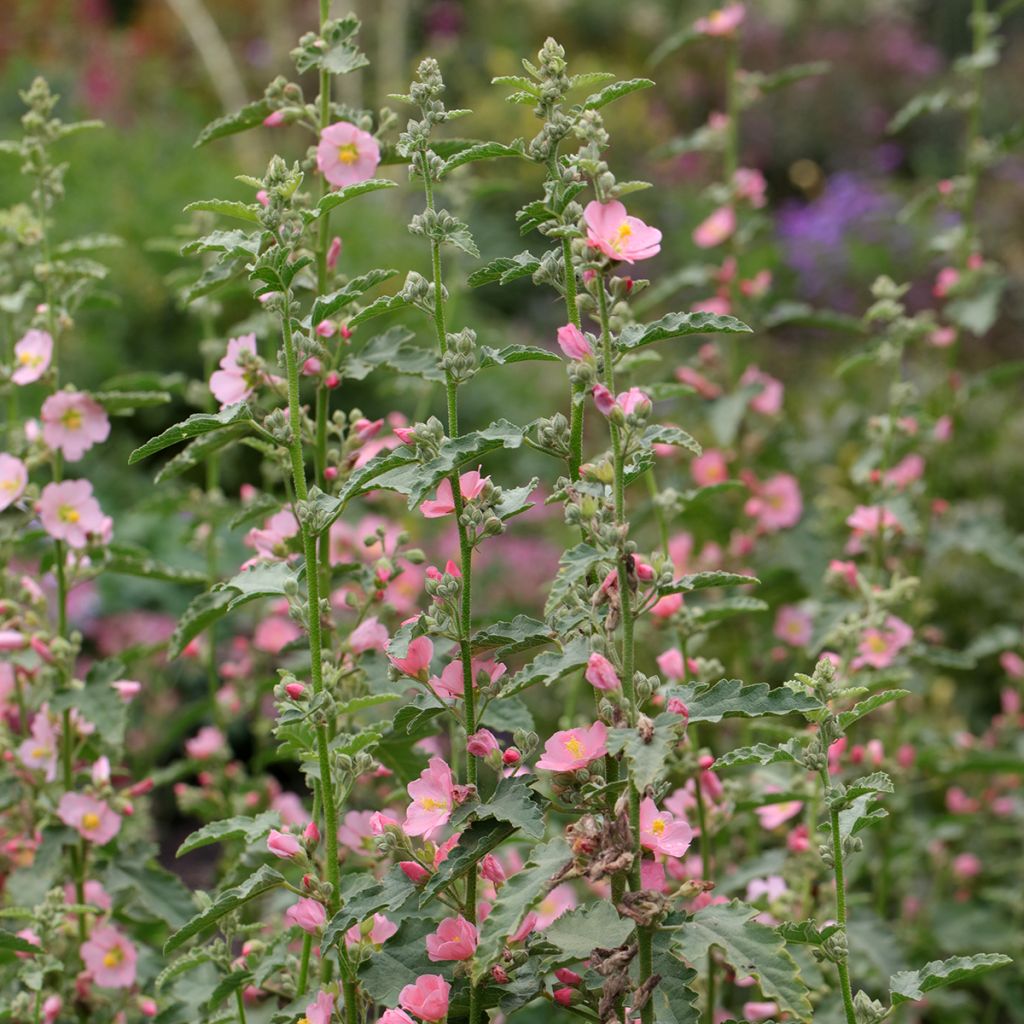

Sphaeralcea Charmeuse


Sphaeralcea Charmeuse
Sphaeralcea Charmeuse
Sphaeralcea Charmeuse
Mallow
Special offer!
Receive a €20 voucher for any order over €90 (excluding delivery costs, credit notes, and plastic-free options)!
1- Add your favorite plants to your cart.
2- Once you have reached €90, confirm your order (you can even choose the delivery date!).
3- As soon as your order is shipped, you will receive an email containing your voucher code, valid for 3 months (90 days).
Your voucher is unique and can only be used once, for any order with a minimum value of €20, excluding delivery costs.
Can be combined with other current offers, non-divisible and non-refundable.
Why not try an alternative variety in stock?
View all →This plant carries a 24 months recovery warranty
More information
We guarantee the quality of our plants for a full growing cycle, and will replace at our expense any plant that fails to recover under normal climatic and planting conditions.
Would this plant suit my garden?
Set up your Plantfit profile →
Description
Sphaeralcea 'Charmeuse' is a variety of desert mallow that is characterized by its pale salmon-pink flowering. It is part of a group of not very well-known plants which are nevertheless remarkably floriferous and highly drought-resistant. It is a semi-woody perennial ideal for slightly arid areas. In the span of 3 to 4 years, this cousin of mallows and lavateras forms a large clump of delicately leafed stems that bloom for months. An adult plant can tolerate brief freezes of around -12 °C (10.4°F) in dry soil.
The Sphaeralcea genus includes about fifty annual, perennial or semi-shrubby species, native to temperate, warm to tropical, and semi-arid regions of the Americas. They are plants of the mallow family, closely related to hollyhocks and lavateras. Sphaeralcea 'Charmeuse' is a hybrid of unknown origin that is still not widely available to buy.
Sphaeralcea 'Charmeuse' is a woody perennial, as wide as it is tall, which quickly reaches a height and width of 1.20 m (4ft), a little less if severely pruned each spring. Its stems bear small alternate, lobed leaves covered in a grey fuzz and less than 3 cm (1in) long which can persist through winter if temperatures do not drop below -6 °C (21.2°F). The stems and foliage may be scorched by the cold, but the plant will vigorously regrow from its crown in spring. The 2 cm (1in) diameter flowers are composed of five heart-shaped, slightly salmon pink petals in small clusters in the axils of the leaves and at the ends of the stems. These flowers are short-lived, but continuously renew themselves. Flowering starts in May-June, depending on the climate, and continues until October. Trimming faded stems will trigger new flowering shoots. In a very dry summer, flowering may slow down until the rain returns. This desert mallow is hardy down to -12°C (10.4°F) in well-drained soil, and it thrives in limestone and poor soils.
Sphaeralcea 'Charmeuse' is appealing because of its simplicity, low requirements, and generous flowers. It is one of the few plants that can flower even without water under scorching sun. In a well-drained bed, rock garden, or on a slope, plant it with Perovskia, Caryopteris, blue, violet, white, or pink shrubby salvias. It also works well with the delicate vegetation of bronze fennel, or with its cousins, the shrub lavateras. It is a lovely companion for dry-soil asters. Finally, its lightness beautifully complements the opulence of romantic roses.
Report an error about the product description
Plant habit
Flowering
Foliage
Botanical data
Sphaeralcea
Charmeuse
Malvaceae
Mallow
North America
Other Mediterranean perennials
View all →Planting and care
Plant Sphaeralcea 'Charming' in a sunny location with very well-drained soil, anything from moist to very dry in the summer, even sandy, rocky, limestone, and poor. Protect it from cold and drying winds when young, when mature it will perish below -12°C (10.4°F). Cut back the faded stems to stimulate new flowers. In early spring, prune to 10-20 cm (4-8in) above the ground. If the winter is very cold, mulch around the base of your plants. Remove old wood. The crown can be susceptible to fungal infections in soil that is warm and moist.
Planting period
Intended location
Care
Planting & care advice
This item has not been reviewed yet - be the first to leave a review about it.
Similar products
Haven't found what you were looking for?
Hardiness is the lowest winter temperature a plant can endure without suffering serious damage or even dying. However, hardiness is affected by location (a sheltered area, such as a patio), protection (winter cover) and soil type (hardiness is improved by well-drained soil).

Photo Sharing Terms & Conditions
In order to encourage gardeners to interact and share their experiences, Promesse de fleurs offers various media enabling content to be uploaded onto its Site - in particular via the ‘Photo sharing’ module.
The User agrees to refrain from:
- Posting any content that is illegal, prejudicial, insulting, racist, inciteful to hatred, revisionist, contrary to public decency, that infringes on privacy or on the privacy rights of third parties, in particular the publicity rights of persons and goods, intellectual property rights, or the right to privacy.
- Submitting content on behalf of a third party;
- Impersonate the identity of a third party and/or publish any personal information about a third party;
In general, the User undertakes to refrain from any unethical behaviour.
All Content (in particular text, comments, files, images, photos, videos, creative works, etc.), which may be subject to property or intellectual property rights, image or other private rights, shall remain the property of the User, subject to the limited rights granted by the terms of the licence granted by Promesse de fleurs as stated below. Users are at liberty to publish or not to publish such Content on the Site, notably via the ‘Photo Sharing’ facility, and accept that this Content shall be made public and freely accessible, notably on the Internet.
Users further acknowledge, undertake to have ,and guarantee that they hold all necessary rights and permissions to publish such material on the Site, in particular with regard to the legislation in force pertaining to any privacy, property, intellectual property, image, or contractual rights, or rights of any other nature. By publishing such Content on the Site, Users acknowledge accepting full liability as publishers of the Content within the meaning of the law, and grant Promesse de fleurs, free of charge, an inclusive, worldwide licence for the said Content for the entire duration of its publication, including all reproduction, representation, up/downloading, displaying, performing, transmission, and storage rights.
Users also grant permission for their name to be linked to the Content and accept that this link may not always be made available.
By engaging in posting material, Users consent to their Content becoming automatically accessible on the Internet, in particular on other sites and/or blogs and/or web pages of the Promesse de fleurs site, including in particular social pages and the Promesse de fleurs catalogue.
Users may secure the removal of entrusted content free of charge by issuing a simple request via our contact form.
The flowering period indicated on our website applies to countries and regions located in USDA zone 8 (France, the United Kingdom, Ireland, the Netherlands, etc.)
It will vary according to where you live:
- In zones 9 to 10 (Italy, Spain, Greece, etc.), flowering will occur about 2 to 4 weeks earlier.
- In zones 6 to 7 (Germany, Poland, Slovenia, and lower mountainous regions), flowering will be delayed by 2 to 3 weeks.
- In zone 5 (Central Europe, Scandinavia), blooming will be delayed by 3 to 5 weeks.
In temperate climates, pruning of spring-flowering shrubs (forsythia, spireas, etc.) should be done just after flowering.
Pruning of summer-flowering shrubs (Indian Lilac, Perovskia, etc.) can be done in winter or spring.
In cold regions as well as with frost-sensitive plants, avoid pruning too early when severe frosts may still occur.
The planting period indicated on our website applies to countries and regions located in USDA zone 8 (France, United Kingdom, Ireland, Netherlands).
It will vary according to where you live:
- In Mediterranean zones (Marseille, Madrid, Milan, etc.), autumn and winter are the best planting periods.
- In continental zones (Strasbourg, Munich, Vienna, etc.), delay planting by 2 to 3 weeks in spring and bring it forward by 2 to 4 weeks in autumn.
- In mountainous regions (the Alps, Pyrenees, Carpathians, etc.), it is best to plant in late spring (May-June) or late summer (August-September).
The harvesting period indicated on our website applies to countries and regions in USDA zone 8 (France, England, Ireland, the Netherlands).
In colder areas (Scandinavia, Poland, Austria...) fruit and vegetable harvests are likely to be delayed by 3-4 weeks.
In warmer areas (Italy, Spain, Greece, etc.), harvesting will probably take place earlier, depending on weather conditions.
The sowing periods indicated on our website apply to countries and regions within USDA Zone 8 (France, UK, Ireland, Netherlands).
In colder areas (Scandinavia, Poland, Austria...), delay any outdoor sowing by 3-4 weeks, or sow under glass.
In warmer climes (Italy, Spain, Greece, etc.), bring outdoor sowing forward by a few weeks.






























